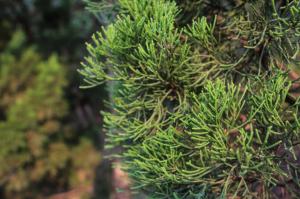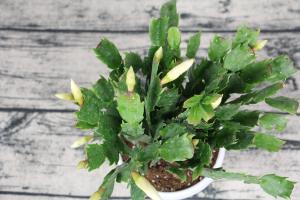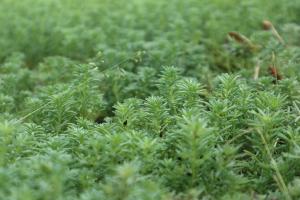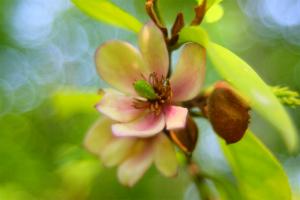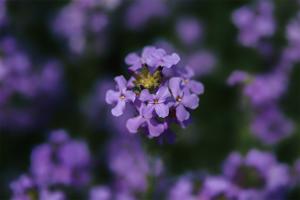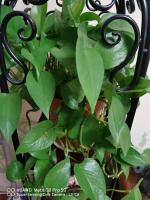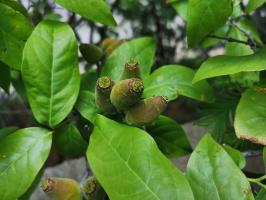Why Does My Potted Mint Plant Look Sickly and Yellow?
Having a potted mint plant is a great way to add fresh herbs to your dishes without having to step out of your home. However, noticing that your mint plant has turned yellow and looks sickly can be frustrating. Several factors can cause this problem, and in this article, we will explore some possible reasons for your plant's condition.
Overwatering
One of the most common reasons for a sickly mint plant is overwatering. Mint plants prefer well-drained soil and moderate watering. If the pot is not well-drained or if it's sitting in a tray with excess water, the roots can rot, leading to yellowing of the leaves. Overwatering can also wash away the nutrients from the soil, depriving the plant of essential food, and causing it to look sickly.
Underwatering
On the other hand, underwatering can also cause yellowing of the leaves. If the soil is too dry, the plant will wilt, and the leaves will turn yellow. Mint plants need regular watering, especially during the hot summer months. Check the soil regularly, and water the plant when the top inch of soil feels dry to touch.
Lighting and Temperature
Mint plants thrive in bright, indirect sunlight and prefer a temperature range of 60 to 85 degrees Fahrenheit. If the plant is not getting enough light or if it's exposed to cold drafts or hot, dry air, it can lead to yellowing of the leaves. Move your plant to a brighter spot and away from cold drafts or heat sources.
Pests and Diseases
In some cases, your mint plant might be suffering from pests or diseases. Common pests that affect mint plants include spider mites, aphids, and whiteflies. Check your plant regularly for signs of infestation, such as webbing, small insects, or sticky residue. Diseases such as root rot or powdery mildew can also cause yellowing of the leaves. In such cases, it's better to remove the affected parts or the entire plant and start afresh.
Nutrient Deficiency
If your mint plant looks sickly despite proper watering and light conditions, it's possible that it's not getting enough nutrients. Mint plants need a balanced fertilizer that provides equal parts of nitrogen, phosphorus, and potassium. You can use a slow-release fertilizer or add liquid fertilizer to the water once a month. Avoid over-fertilizing, as it can burn the roots and cause more harm than good.
Conclusion
A sickly, yellowing mint plant can be discouraging, but with proper care and attention, you can bring it back to life. Consider the factors discussed here and identify the possible cause of your plant's condition. Take the necessary steps to correct the issue and check the progress regularly. With time, you should see new growth and healthy leaves on your mint plant!

 how many times do yo...
how many times do yo... how many planted tre...
how many planted tre... how many pine trees ...
how many pine trees ... how many pecan trees...
how many pecan trees... how many plants comp...
how many plants comp... how many plants can ...
how many plants can ... how many plants and ...
how many plants and ... how many pepper plan...
how many pepper plan...